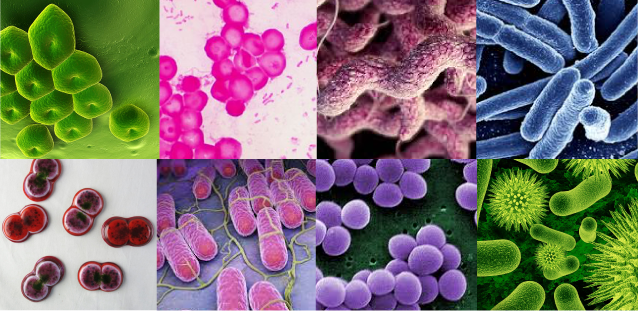
According to a study published recently in the journal Scientific Reports, the average kitchen sponge contains over 360 types of bacteria at a density of 54 billion cells per cubic centimeter. That’s like sticking the entire population of Montana into a good sized chest freezer. While hanging out in a freezer with a million of your closest friends might not sound like a party to you, it’s a whole different story for the colorful bacteria who call your kitchen sponges home. The most commonly found bacteria were from the Gammaprotobacteria class which includes fan favorites like E. coli, Salmonella, Campylobacter, and Staphylococcus – the main culprits behind most food-borne illnesses. And giving these bacteria a nice warm dish-water bath doesn’t kill them, but in fact helps them propagate.
How to keep a clean sponge:
- Don’t use your sponge on raw meat: use a paper towel or other disposable cloth
- Clean your sponge frequently: wash every few days in a dishwasher with a heated dry cycle, or put your wet sponge in the microwave for one minute. Don’t use warm, soapy water!
- Replace your sponge at least every 2 weeks

Sources:
National Public Radio: So Your Kitchen Sponge Is A Bacteria Hotbed. Here’s What To Do

